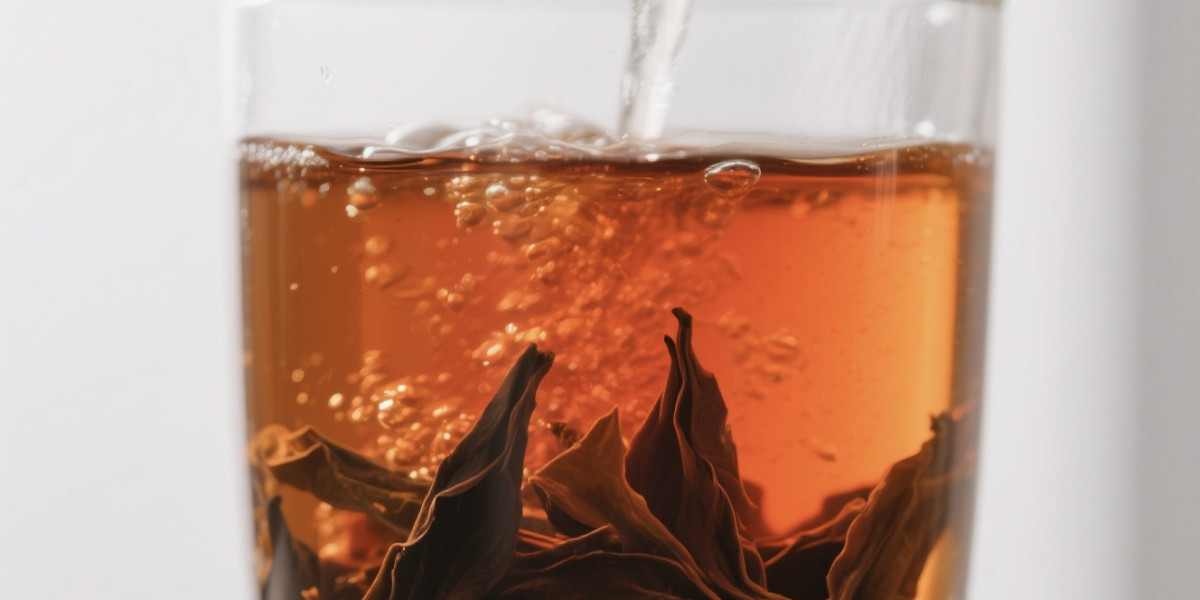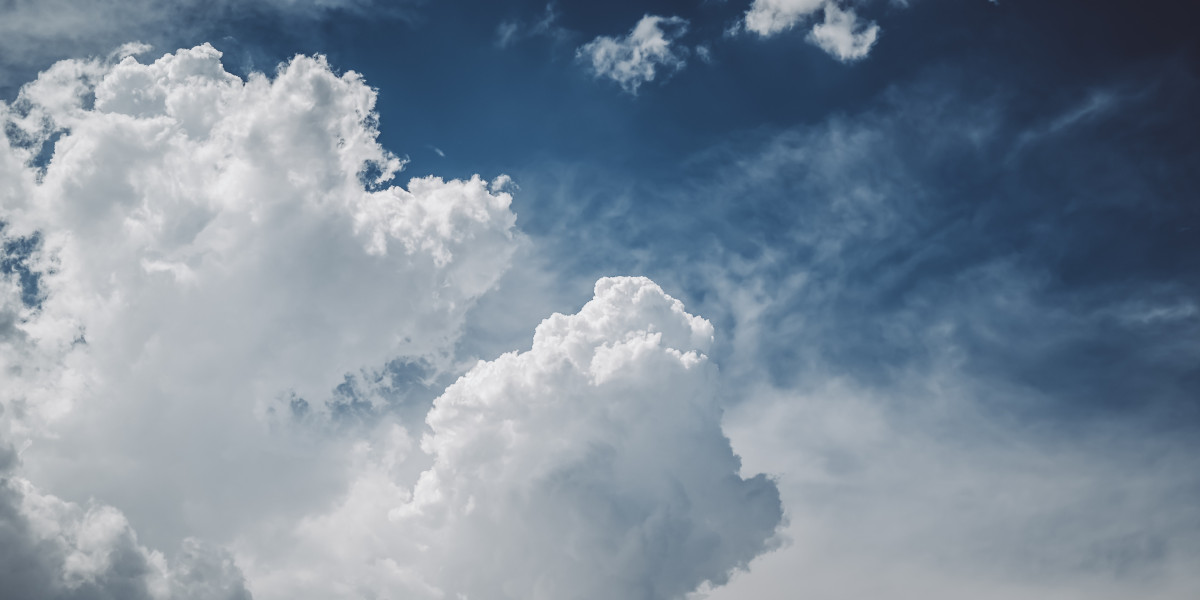Introduction: What Is Oolong Tea?
Oolong tea (乌龙茶), also known as Wulong tea, occupies a fascinating middle ground between green and black tea. With oxidation levels ranging from 10% to 80%, oolong teas are incredibly diverse in flavor, ranging from floral and creamy to toasty and mineral-rich.
Celebrated for its complexity, oolong tea has been enjoyed in China for over 1,000 years, especially in the provinces of Fujian, Guangdong, and Taiwan. From the high cliffs of Wuyi Mountains to the misty hills of Anxi, each region produces distinct styles that reflect local climate, terroir, and craftsmanship.
In this comprehensive guide, we’ll explore:
The origins and legends of oolong tea
Major types and regional varieties
The intricate processing steps
How to brew oolong for maximum flavor
Proven health benefits
Cultural significance in Chinese tea heritage
To deepen your knowledge about Chinese teas and tea culture, explore our full Chinese tea blog.
1. History and Origin of Oolong Tea
The word "oolong" literally means “black dragon” in Chinese, possibly referring to the tea leaf’s twisted, dark appearance. Although oolong’s exact origins are debated, it likely developed during the Ming Dynasty (1368–1644) as tea makers experimented with partial oxidation techniques.
Two major regions are credited as the birthplace of oolong:
? Wuyi Mountains, Fujian (Rock Oolong)
Known for producing dark, heavily roasted teas like Da Hong Pao (Big Red Robe) and Shui Xian (Water Immortal).
? Anxi, Fujian (Fragrant Oolong)
Home of Tie Guan Yin (Iron Goddess of Mercy)—a lightly oxidized oolong prized for its floral aroma.
Over time, oolong tea spread to Guangdong and Taiwan, where new cultivars and styles emerged, creating a rich diversity that defines oolong today.
2. What Makes Oolong Tea Unique?
Oolong is neither green nor black—it’s a semi-oxidized tea with a wide range of flavor, aroma, and leaf shape. Here’s what makes it stand out:
✅ Oxidation Range:
Light oolongs: 10–30% (floral, vegetal, similar to green tea)
Medium oolongs: 30–60% (balanced, fruity, nutty)
Heavy oolongs: 60–80% (roasted, earthy, similar to black tea)
✅ Flavor Profile:
Floral (orchid, lilac)
Creamy (milk, butter)
Nutty or roasted (charcoal, caramel)
Mineral and fruity (stone fruit, peach)
✅ Leaf Shape:
Ball-rolled (common in Anxi and Taiwan)
Strip-style (common in Wuyi and Guangdong)
The wide spectrum of oolong makes it one of the most versatile and complex tea categories.
3. Famous Types of Oolong Tea
Let’s break down the major types by region and style:
? Fujian Oolong Teas
a. Tie Guan Yin (铁观音)
Origin: Anxi, Fujian
Style: Lightly oxidized, floral, buttery
Best fresh or lightly roasted
b. Da Hong Pao (大红袍, Big Red Robe)
Origin: Wuyi Mountains
Style: Medium-heavy oxidized, charcoal roasted
Mineral-rich with deep, roasted flavor
Considered a "rock tea" (yancha)
c. Shui Xian (水仙, Water Immortal)
Origin: Wuyi
Style: Bold, earthy, affordable compared to Da Hong Pao
?️ Taiwanese Oolong Teas
a. Dong Ding (冻顶乌龙)
Origin: Nantou County
Style: Medium oxidation, light roasting
Creamy, nutty, floral aroma
b. Alishan High Mountain Oolong (阿里山高山茶)
Origin: Alishan Mountains
Style: Lightly oxidized, unroasted
Delicate, fresh, buttery texture
c. Oriental Beauty (东方美人)
Origin: Hsinchu, Taiwan
Style: High oxidation, natural insect-bitten leaves
Sweet, fruity, muscatel flavor
Each style deserves individual appreciation—and many enthusiasts make collecting oolong teas part of their lifestyle. For a deep dive into oolong varieties, visit our curated oolong tea guide.
4. The Processing of Oolong Tea
Oolong production involves some of the most complex and skill-intensive steps in the tea world.
? Key Steps:
Plucking – Buds and 3–4 leaves are carefully handpicked.
Withering – Leaves lose moisture in sun or indoor air.
Shaking (Yao Qing) – Light bruising of leaf edges to start oxidation.
Partial Oxidation – Controlled exposure to air develops aroma and flavor.
Kill Green (Sha Qing) – High-heat deactivation of enzymes to halt oxidation.
Rolling/Shaping – Ball-rolled or strip-rolled to shape and compress flavor.
Drying – Low-heat baking for shelf stability.
Roasting – Some oolongs undergo multiple roast cycles to deepen flavor.
Sorting/Grading – Final step before packaging.
These steps vary depending on the tea master’s style, local tradition, and desired flavor outcome.
5. How to Brew Oolong Tea Correctly
To appreciate oolong’s complexity, brewing technique is key. Use either the Gongfu style or a simple Western teapot method.
☕ Gongfu Style Brewing (Highly Recommended):
Teaware: Gaiwan or Yixing teapot
Leaf Ratio: 5–8g per 100ml of water
Water Temp: 90–98°C (194–208°F)
Steeping Times:
1st: 15 sec
2nd: 10 sec
3rd: 15–20 sec
Then gradually increase with each infusion
Can be steeped up to 7–10 times, with the aroma evolving through the session.
? Western Method:
Teapot and strainer
Use 2–3g per 200ml
Steep at 90–95°C for 2–4 minutes
Re-steep 2–3 times
High-quality oolongs shine even with minimal equipment—but good water and temperature control will elevate your experience.
6. Health Benefits of Oolong Tea
Backed by both traditional wisdom and modern science, oolong tea offers several health benefits:
✅ Rich in Antioxidants
Contains polyphenols like catechins and theaflavins, which combat oxidative stress.
✅ Boosts Metabolism and Aids Weight Loss
Oolong tea has been shown to increase fat oxidation, helping with weight management when consumed regularly.
✅ Supports Heart Health
May help lower bad cholesterol (LDL) and improve circulation.
✅ Improves Mental Focus
The combination of caffeine and L-theanine enhances alertness without the crash.
✅ Regulates Blood Sugar
Some studies suggest oolong helps manage insulin sensitivity, making it beneficial for those with Type 2 diabetes.
✅ Promotes Dental Health
Oolong’s antibacterial properties can reduce plaque and strengthen enamel.
Compared to black tea, oolong contains moderate caffeine, making it suitable for daily use.
7. How to Store Oolong Tea
Storage depends on the oxidation and roast level:
Light oolongs (like Tie Guan Yin or Alishan):
Store in airtight containers
Keep cool or refrigerate
Best consumed within 6–12 months
Roasted or aged oolongs (like Da Hong Pao):
Store in clay jars or sealed tins
Age gracefully over years
Flavor deepens with time
Proper storage enhances aroma and prevents stale or sour notes.
8. Oolong Tea in Chinese Culture
Oolong is central to many Chinese tea traditions, especially in southern provinces like Fujian and Guangdong, where Gongfu Cha was born. The tea is:
A symbol of refinement, patience, and hospitality
A common feature of family gatherings and tea ceremonies
Referenced in poetry and folk tales
Offered as a sign of respect and cultural pride
Whether served to guests or used in daily meditation, oolong tea invites mindful appreciation and ritual.
Conclusion: Why Oolong Tea Is a Must-Try
Oolong tea is the perfect harmony of nature and craftsmanship, offering a journey through floral valleys, roasted peaks, and ancient traditions. Its variety, richness, and health benefits make it one of the most fascinating and rewarding tea types in the world.
Whether you're exploring Wuyi rock teas, Anxi floral oolongs, or Taiwanese high mountain varieties, there’s always something new to discover in the world of oolong.
To learn more about Chinese teas and how to brew them with confidence, explore our curated oolong tea articles and shop.







